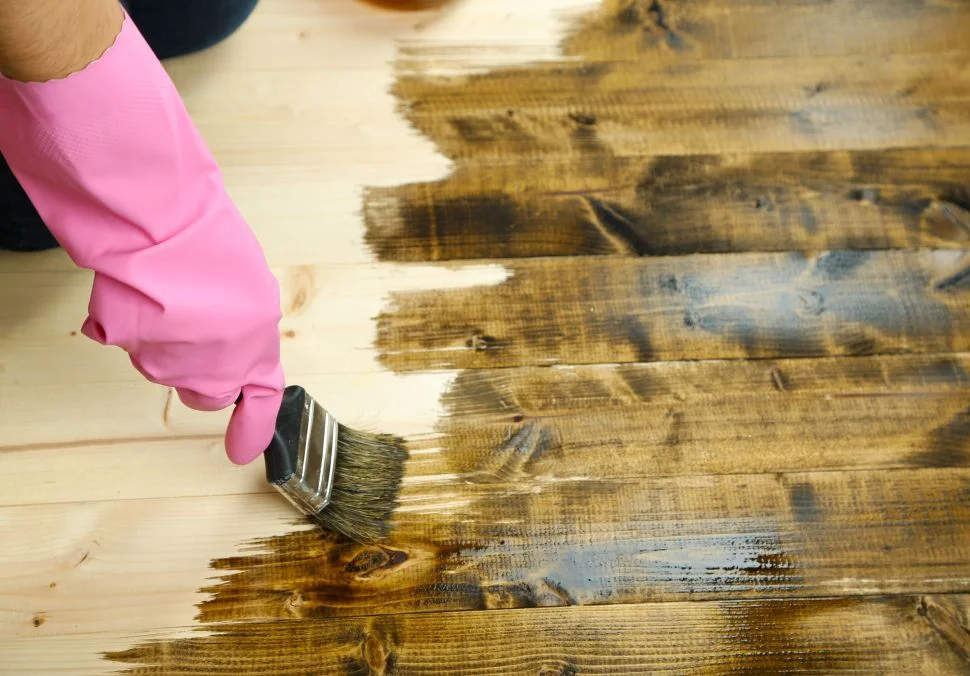Staining wood is a popular technique that allows you to highlight its natural beauty and structure. An important part of the staining process is the drying of the stain, which affects the final appearance and properties of the wood.
In addition to temperature, which is generally known as a factor affecting the drying of the stain, the hardness of the wood and humidity also play an important role.
Effect of temperature
Higher temperature: Shortens the drying time of the stain.
Lower temperature: Extends the drying time of the stain.
Effect of wood hardness
Hardwood: The stain dries more slowly.
Soft wood: Stain dries faster.
Influence of humidity
High humidity: Extends the drying time of the stain and can lead to uneven staining.
Low humidity: Reduces the drying time of the stain and promotes uniform coloring.
Tips for optimal drying of the stain
Follow the manufacturer’s instructions: On the stain label, you will find the recommended temperature and humidity for optimal drying.
Provide adequate ventilation: Good air circulation will speed up the drying process.
Do not use the stain in direct sunlight: High temperature and UV radiation can cause uneven coloring.
Check the moisture content of the wood before staining: The moisture content of the wood should be between 8% and 12%.
Apply a thin layer of stain: Thin layers dry faster and more evenly.
Allow the wood to rest after applying the stain: The resting time is indicated on the stain label.
Knowing the factors affecting the drying of the stain will help you achieve optimal appearance and property.


